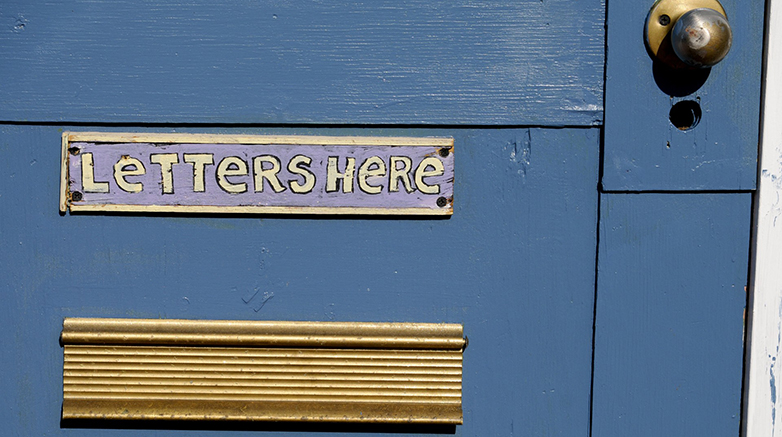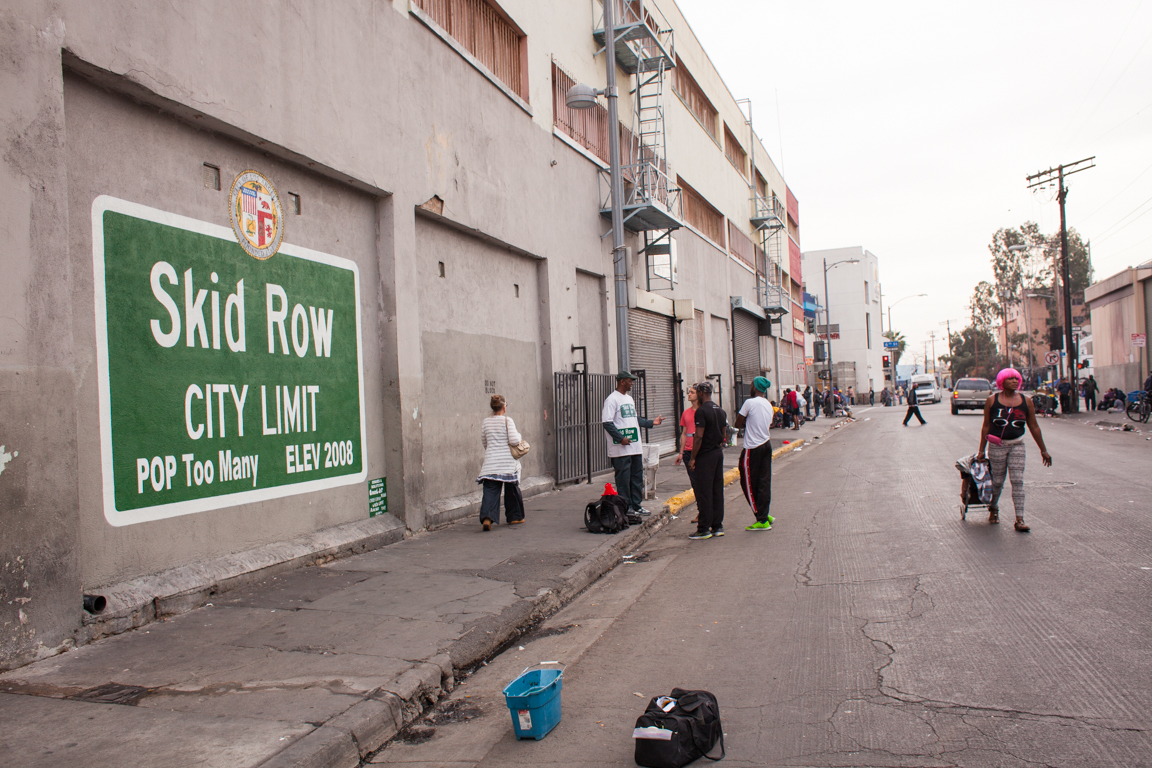The homeowners association board of Beverlywood West in Culver City and a sizable plurality of the homeowners are currently locked in a bitter struggle over whether all the buildings in the complex should be tented for termites.
Those of us who don’t want fumigation with Vikane gas (sulfuryl fluoride), which is known to be a neurotoxin, are concerned about the poisonous nature of the gas and its propensity to settle into fabrics; the inconvenience of moving out while the building is fumigated and aerated; and the effectiveness of the procedure.
Many of us in buildings that have evidence of termite infestation — and not all do — want to have the freedom to use a newer extermination method that kills the termites by drying them out with silica. It's more expensive up front but longer-lasting and nontoxic.
The board supports fumigation because it thinks fumigation works, isn't dangerous, and is cheaper up front.
No matter how much evidence we present that fumigation with Vikane is dangerous and desiccation is a better alternative, they refuse to budge.
The whole thing has become about the board's determination to get its way, no matter what. One set of buildings has already been tented (with many residents and neighbors feeling ill effects).
Other groups of buildings come up this month and in August.
The board is using the threat of legal action to intimidate homeowners and enforce compliance.
The California Dept. of Pesticide Regulation classifies Vikane as “an acute inhalation toxicity category I pesticide.”
The state recommends that category I materials no longer be used. State agencies have warned that certain populations, such as the elderly, children and people with health issues, may be particularly vulnerable to damage from Vikane exposure.
Although units are aerated until the Vikane concentration is 1 part per million, that’s 80 times the concentration that the CDPR has determined is toxic.
Some BWW homeowners don’t see fumigation as a big deal (remember, 50 years ago, people thought DDT was safe).
But others of us think the risks are too great and the economics unconvincing.
We would all be better off if our HOA board were more concerned with the long-term health of our buildings and our bodies and less concerned with short-term expediency.







